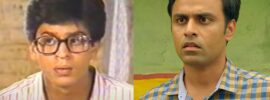
The match between India and Pakistan in the ongoing ICC World T20 will go down as one of the most memorable ever. Of course, Indian fans are jubilant and the ones on the other side of the border aren’t. But if looked from a neutral point of view, … [Continue reading]








